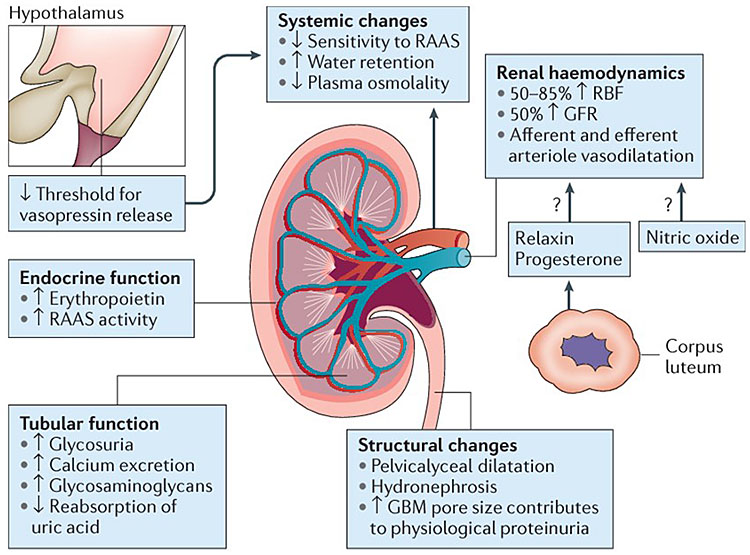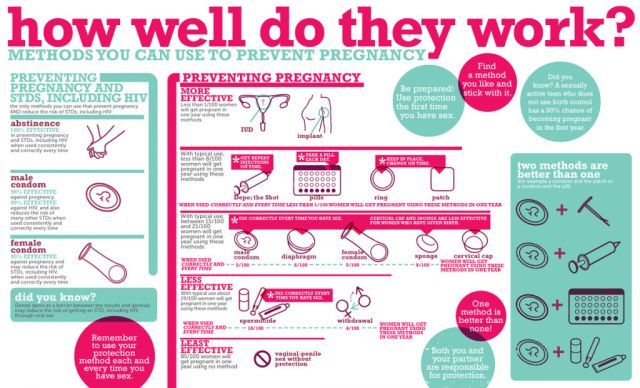Pigment changes during pregnancy
Changes to your skin during pregnancy
beginning of content3-minute read
Listen
As your pregnancy develops, you may find that you experience changes to your skin and hair. Some women can develop dark patches on their face and hormonal changes can make your skin a little darker.
You may also develop stretch marks on your body, particularly around your stomach where your skin is stretching to accommodate your growing baby.
Chloasma - dark patches on the face
Some pregnant women develop dark irregular patches on their face most commonly on the upper cheek, nose, lips, and forehead. This is called 'chloasma'. It is also sometimes known as 'melasma' or the 'mask of pregnancy'.
Chloasma is thought to be due to stimulation of pigment-producing cells by female sex hormones so that they produce more melanin pigments (dark coloured pigments) when the skin is exposed to sun. Some women develop these patches when they take oral contraceptives (the pill).
Women with a light brown skin type who are living in regions with intense sun exposure are more likely to develop these patches. The patches usually fade over a period of several months after giving birth, though they may last for several years for some women.
Careful protection of the skin using broad spectrum sunscreens every day during pregnancy and while taking the pill may make it less likely that chloasma will develop. It is necessary to continue to use sunscreen after pregnancy as sun exposure may cause the patches to reappear. Some creams that need to be prescribed by doctors may help to fade the patches.
Skin and hair changes
Hormonal changes taking place in pregnancy will make your nipples and the area around them go darker. Your skin colour may also darken a little, either in patches or all over. Birthmarks, moles and freckles may also darken. Some women develop a dark line down the middle of their stomach, called 'linea nigra'. These changes will gradually fade after the baby is born, although your nipples may remain a little darker.
These changes will gradually fade after the baby is born, although your nipples may remain a little darker.
If you sunbathe while you are pregnant, you may burn more easily. Protect your skin with a good high-factor sunscreen and don't stay in the sun for a long time.
Hair growth can also increase in pregnancy, and your hair may be greasier. After the baby is born, it may seem as if you are losing a lot of hair but you are simply losing the extra hair.
Stretch marks
Many women develop stretch marks during their pregnancy, usually in the last 3 months.
They usually appear on your stomach or sometimes on your upper thighs or breasts. Stretch marks are not harmful and over time, your skin will shrink and the stretch marks will fade into white-coloured scars.
Find out more on stretch marks.
Sources:
Royal Women's Hospital Victoria (Common concerns in early pregnancy - itching and skin), The Australasian College of Dermatologists (Striae), The Australasian College of Dermatologists (Melasma)Learn more here about the development and quality assurance of healthdirect content.
Last reviewed: January 2020
Back To Top
Related pages
- Common discomforts during pregnancy
- Stretch marks
This information is for your general information and use only and is not intended to be used as medical advice and should not be used to diagnose, treat, cure or prevent any medical condition, nor should it be used for therapeutic purposes.
The information is not a substitute for independent professional advice and should not be used as an alternative to professional health care. If you have a particular medical problem, please consult a healthcare professional.
Except as permitted under the Copyright Act 1968, this publication or any part of it may not be reproduced, altered, adapted, stored and/or distributed in any form or by any means without the prior written permission of Healthdirect Australia.
Support this browser is being discontinued for Pregnancy, Birth and Baby
Support for this browser is being discontinued for this site
- Internet Explorer 11 and lower
We currently support Microsoft Edge, Chrome, Firefox and Safari. For more information, please visit the links below:
- Chrome by Google
- Firefox by Mozilla
- Microsoft Edge
- Safari by Apple
You are welcome to continue browsing this site with this browser. Some features, tools or interaction may not work correctly.
Dermatologist Chandler AZ 85224, Mohs Surgery 85225, 85226
Most of the skin changes seen in pregnancy are due to the effects of hormones on various body structures. The effects on the skin may be considered normal and not disease-related. However, these same effects may be viewed as pathologic to the woman who has new skin changes.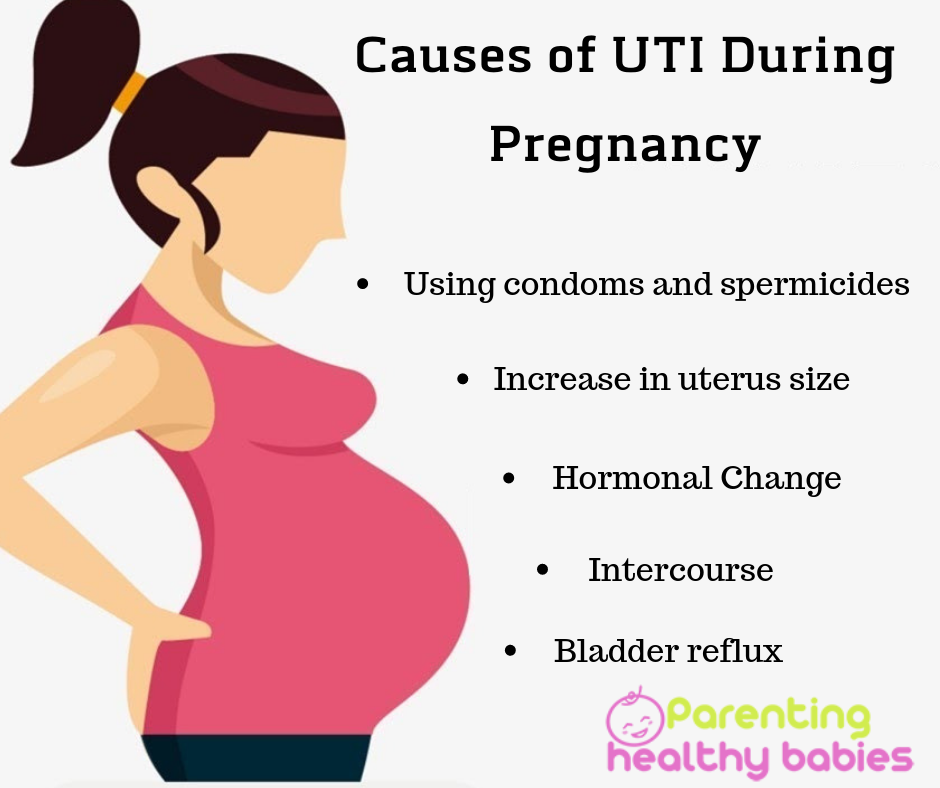 Some of these changes are permanent, but others are present only during or for a short time after pregnancy.
Some of these changes are permanent, but others are present only during or for a short time after pregnancy.
Pigment Changes
The most common pigmentation change in pregnancy is called hyperpigmentation, or darkening of the skin. It is believed that higher levels of estrogen, progesterone, and melanocyte-stimulating hormone cause this skin darkening. The latter is a hormone that causes the pigment producing cells, or melanocytes, to make more melanin. Areas that were darker prior to pregnancy such as the areolae, nipples, genital skin, armpits, and inner thighs tend to get even darker. Sometimes a dark line, called linea nigra, forms on the abdomen. Other women experience a darkening of facial skin called melasma.
Hair and Nail Changes
Hair changes in pregnancy can vary from too much to too little. Many women notice more, darker hair on the face, arms, and legs. The same women may also notice a thinning of the hair on the scalp.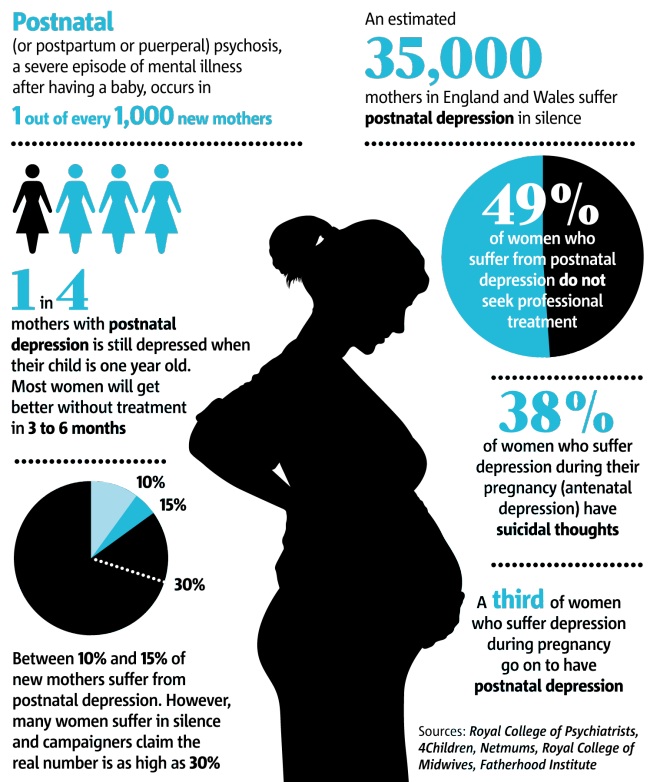 This condition is known as telogen effluvium and is caused by a shift of these hairs to the telogen, or resting, phase. It is during the telogen phase that hairs are shed. This shedding may last from 1 to 5 months but may not stop until 15 months after delivery. Nail changes in pregnancy include brittleness, groove formation, or a separation of the nail from the end of the nail bed called onycholysis.
This condition is known as telogen effluvium and is caused by a shift of these hairs to the telogen, or resting, phase. It is during the telogen phase that hairs are shed. This shedding may last from 1 to 5 months but may not stop until 15 months after delivery. Nail changes in pregnancy include brittleness, groove formation, or a separation of the nail from the end of the nail bed called onycholysis.
Melasma or Chloasma
Melasma or chloasma is a brownish discoloration of the face that occurs most often in women. Men can also develop this problem. The brown color often fades in winter and gets worse in the summer.
What causes it?
Pregnancy (mask of pregnancy) is the most common cause of melasma. Women who are taking oral contraceptives are at risk of developing melasma. Sunlight is a major factor in the development of melasma.
How do I treat it?
A strong sunscreen such as Elta Block, Ombrelle, and Shade Lotion SPF 45, etc.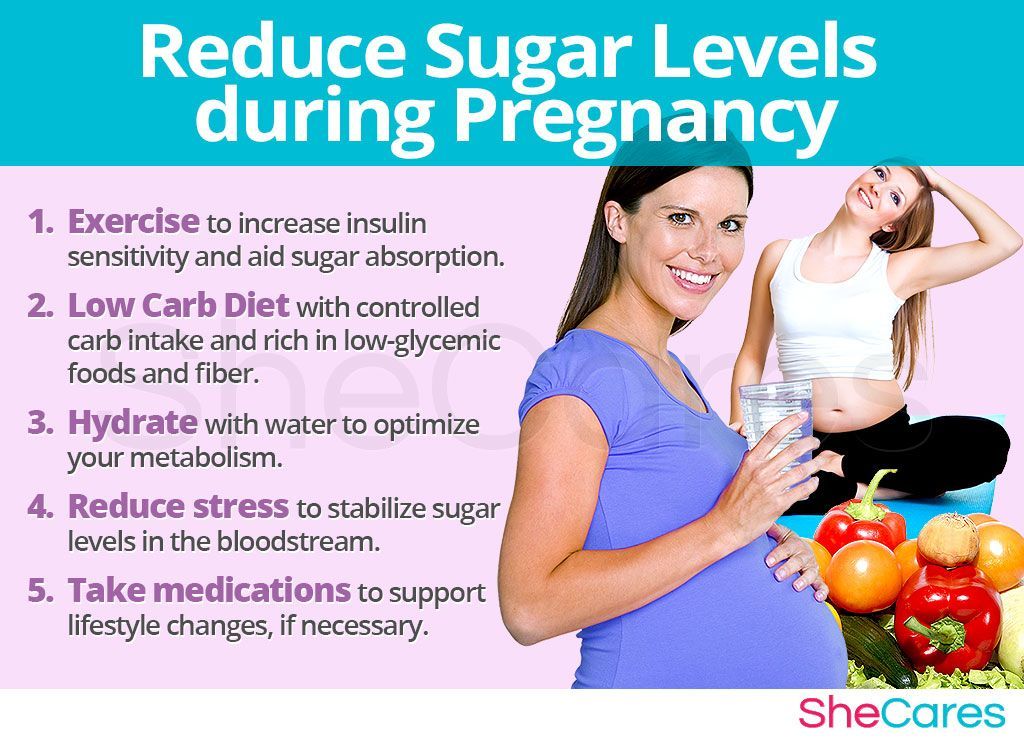 , should be applied to the face each morning. Hydroquinone 4% cream (available by prescription) applied to the face twice a day (in the morning before applying sun screen and later in the day) is the main treatment for melasma. Retin-A cream applied to the entire face each night before bed has been shown to be an effective treatment for melasma. Dr. Guccione and Anne Carlisle, FNP, can also prescribe a combination of prescription medications that may be effective in treating your melasma. Most importantly, however, avoid intense sunlight! This brings out more brown discoloration. It is your body's natural protection response from the sun.
, should be applied to the face each morning. Hydroquinone 4% cream (available by prescription) applied to the face twice a day (in the morning before applying sun screen and later in the day) is the main treatment for melasma. Retin-A cream applied to the entire face each night before bed has been shown to be an effective treatment for melasma. Dr. Guccione and Anne Carlisle, FNP, can also prescribe a combination of prescription medications that may be effective in treating your melasma. Most importantly, however, avoid intense sunlight! This brings out more brown discoloration. It is your body's natural protection response from the sun.
Pemphigoid gestationis is also known as herpes gestationis, although the latter name is misleading since this condition is not associated with any virus. This is a rare, itchy, autoimmune disease that occurs during the second and third trimesters of pregnancy and around the time of delivery. Pemphigoid gestationis occurs in 1 per 7,000 to 50,000 pregnancies.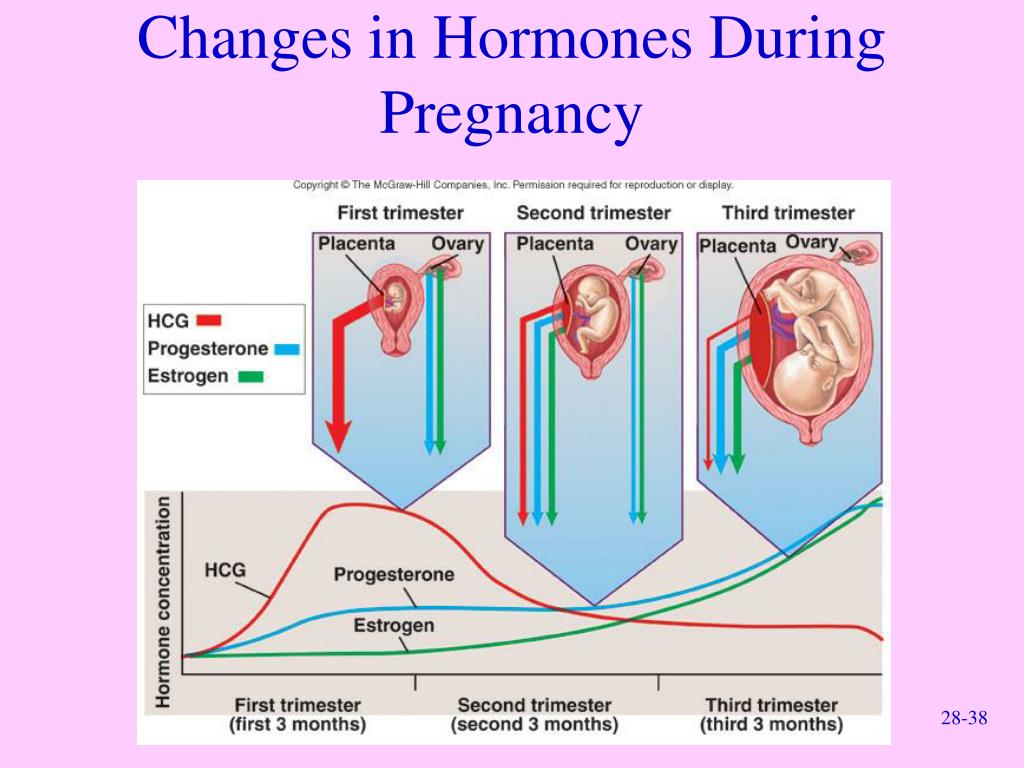
It begins with very itchy, red hives or small bumps around the belly button. Within days to weeks, the rash spreads, and the hives and bumps join to form bizarrely shaped circular patches that cover a wide area of skin. The rash can involve the trunk, back, buttocks, forearms, palms, and soles. It usually does not involve the face, scalp, or inside of the mouth. After 2 to 4 weeks of this rash, large, tense blisters form at the edges of the rash or in apparently normal skin.
This condition usually starts during the second or third trimester, although it has been reported in the first trimester and a short time after delivery. The average appearance is at 21 weeks gestation. Spontaneous clearing of the rash may occur later in the pregnancy, but uncomfortable flares occur immediately prior to delivery in 75% to 80% of women. The rash may also recur when menses resumes or with the use of oral contraceptives. With subsequent pregnancies, pemphigoid gestationis usually recurs earlier and may be more severe.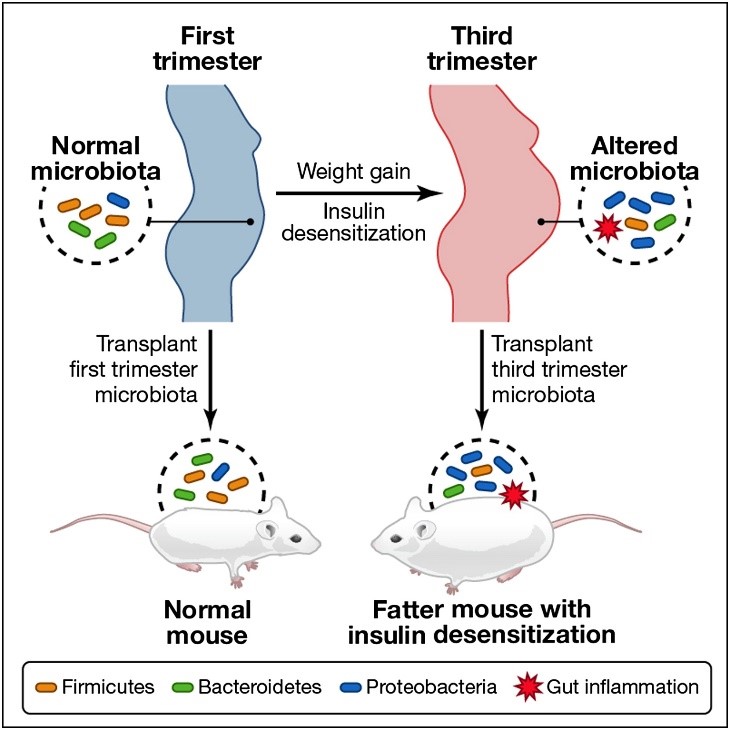 Only 8% of women do not develop pemphigoid gestationis in subsequent pregnancies.
Only 8% of women do not develop pemphigoid gestationis in subsequent pregnancies.
Treatment
A few women with very mild cases of pemphigoid gestationis can be treated with steroid creams and antihistamines. However, the majority of women require oral steroids to control their symptoms. A high dose is usually used to get symptoms under control and then tapered as the rash improves.
Effect on Baby
Because antibodies cross the placenta, the antibodies that cause pemphigoid gestationis can affect the baby. A noticeable rash has been reported in 5% of newborns born to moms with this condition. This newborn rash is transient and resolves on its own without treatment. There is evidence that women with pemphigoid gestationis have an increased risk of premature delivery. Current studies indicate that there is not an increased risk of miscarriage or stillbirth.
This condition was first described in 1981.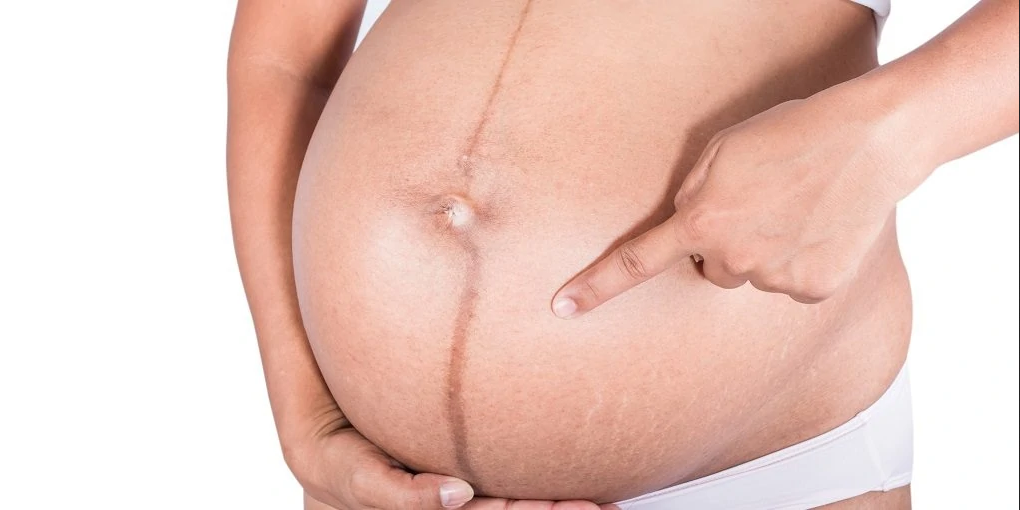 It is believed to be more common than previously thought. One study showed the incidence of this disease to be 1 per 3,000 pregnancies.
It is believed to be more common than previously thought. One study showed the incidence of this disease to be 1 per 3,000 pregnancies.
Appearance
The rash consists of several small red bumps that may or may not be filled with pus. These bumps are usually on the shoulders, upper back, arms, chest, and abdomen. The condition looks like acne. However, culture of the bumps does not reveal any bacteria. The rash can be very itchy.
Timing
Pruritic folliculitis of pregnancy typically develops in the second half of pregnancy. It resolves spontaneously within 2 to 3 weeks after delivery.
Cause
The cause of pruritic folliculitis of pregnancy is unknown. Some investigators believe it is caused by hormonal changes.
Treatment
Pruritic folliculitis of pregnancy is typically treated like mild acne. Benzoyl peroxide has been used with some success, but antibiotics are not needed.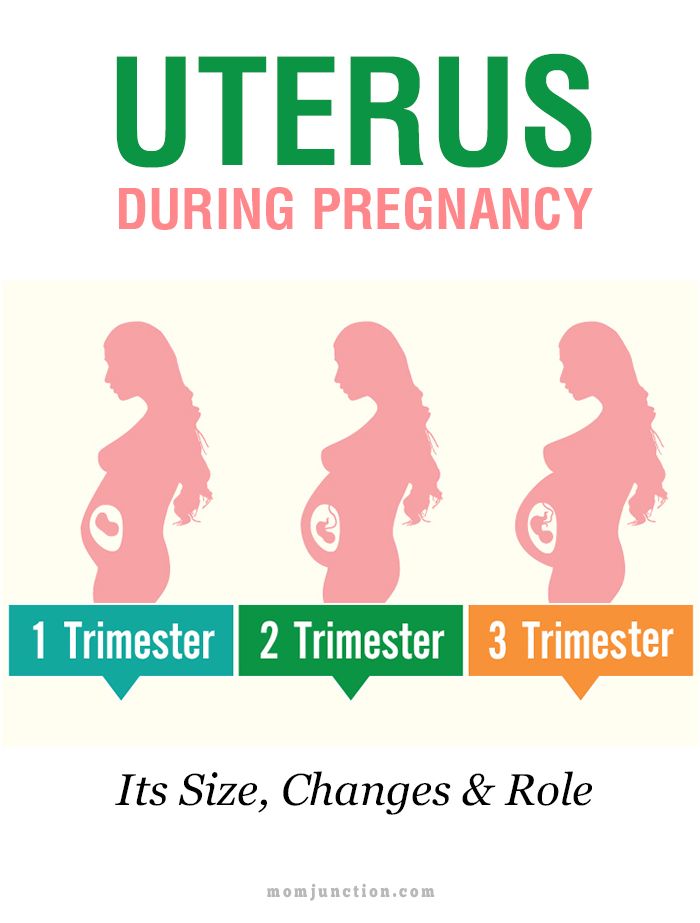 Oral antihistamines are useful to treat the itching.
Oral antihistamines are useful to treat the itching.
Effect on Baby
There are differing reports about the affect of pruritic folliculitis of pregnancy on the baby. One study showed an increase in lower birth-weight babies. However, other studies did not confirm this. This condition does not increase the risk of prematurity or of stillbirth.
Cosmetology for pregnant women - Medical Center "Line of Life" in Solntsevo
Dry skin in pregnant women
During pregnancy, hormones - estrogens - are intensively produced in the body of a woman. They have a strong specific effect on the skin, reducing the secretion of sebum, which makes the skin drier. If you had oily skin and were worried about acne, then pregnancy will only benefit your skin. It is much more difficult for those who initially had dry skin. If you notice increased dryness and flaking of the skin, then you should start using intensive and extra moisturizing creams exclusively based on natural herbal extracts. nine0007
nine0007
Skin care needs to be supplemented with nourishing and moisturizing masks on a natural basis. You can use fresh fruits and vegetables. In any case, only personally “tested” and “tested” means should be used. No need to experiment with new brands and cosmetic lines. During pregnancy, the skin is most sensitive.
Pregnancy skin pigmentation
The production of the melanin-producing hormone MHS during pregnancy causes pigment spots on the skin. Spots appear on exposed areas of the skin, usually on the face. Do not worry, three months after childbirth, pigmentation disappears. The best way to avoid pigmentation during pregnancy is to spend less time in the sun. This is especially true of the fourth month, during this period it is not recommended to be outdoors during the day, even in partial shade. If you absolutely cannot avoid the sun, then you should definitely use sunscreen. At the same time, it is better to choose a cream with physical UV filters - zinc oxide or titanium oxide. Chemical UV filters are derivatives of para-aminobenzoic acid and cinnomates, and they are strong allergens. nine0007
Chemical UV filters are derivatives of para-aminobenzoic acid and cinnomates, and they are strong allergens. nine0007
If you are still concerned about pigmentation, you should get rid of it very carefully. You can use natural masks from parsley, kefir, sour cream and so on. Also, you can use whitening preparations or a pigment spot corrector, but only after consulting a cosmetologist specializing in the management of pregnant women. Since many whitening products contain harmful components such as bismuth, mercury and so on.
During pregnancy, do not do procedures associated with pain and discomfort, such as facial cleansing, peeling, epilation, and even more so resort to hardware cosmetology. nine0007
Pregnancy stretch marks .
Hormonal changes during pregnancy lead not only to changes in the skin, but also to subcutaneous structures, including disruption of the synthesis of fibroblasts - cells that produce elastin and collagen.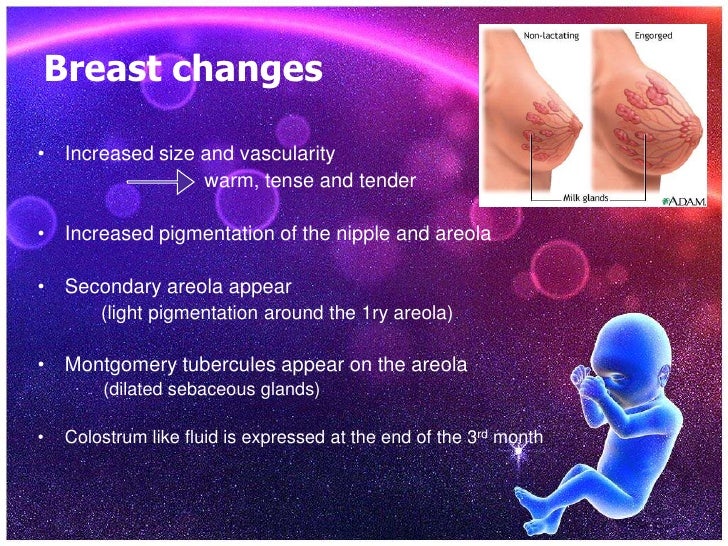 In order to avoid the appearance of stretch marks, it is necessary to increase the elasticity and firmness of the skin in time. To do this, you can use a contrast shower, special massage, massaging with a brush or massager. nine0007
In order to avoid the appearance of stretch marks, it is necessary to increase the elasticity and firmness of the skin in time. To do this, you can use a contrast shower, special massage, massaging with a brush or massager. nine0007
Starting from three months of pregnancy, you can start using gels, creams and oils that are rubbed into the skin of the body or used as shower products, choosing from a specialized series for pregnant women. If, nevertheless, stretch marks have appeared, then you need to understand that it is almost impossible to get rid of them completely on your own. It is easier to fight newly formed striae, therefore, if you are concerned about the problem of stretch marks, but you need to start treating them during pregnancy. However, the preparations that really help get rid of stretch marks, as a rule, include quite expensive elements. Therefore, you should not look for miracle cures from the manufacturer of mass cosmetics. The maximum that you can achieve from such drugs is a slight preventive effect, with a high risk of causing allergization. A professional cosmetologist who is familiar with the peculiarities of the period of pregnancy can choose a rehabilitation course for you, taking into account your individuality. nine0007
A professional cosmetologist who is familiar with the peculiarities of the period of pregnancy can choose a rehabilitation course for you, taking into account your individuality. nine0007
Cellulite in pregnancy
Significant weight gain affects not only stretch marks, but also the formation of cellulite and skin laxity after childbirth. To avoid this cosmetic problem, it is recommended to use moisture-retaining oils. They should be rubbed into the skin of the body twice a day. Also, experts recommend, starting from the third month of pregnancy, to use special preparations designed strictly for pregnant women. In addition, in the prevention of cellulite and sagging skin, such time-tested things as physical education for pregnant women, swimming and massage for pregnant women help. nine0007
Hair changes during pregnancy
During pregnancy, under the influence of estrogen, hair growth begins and increases.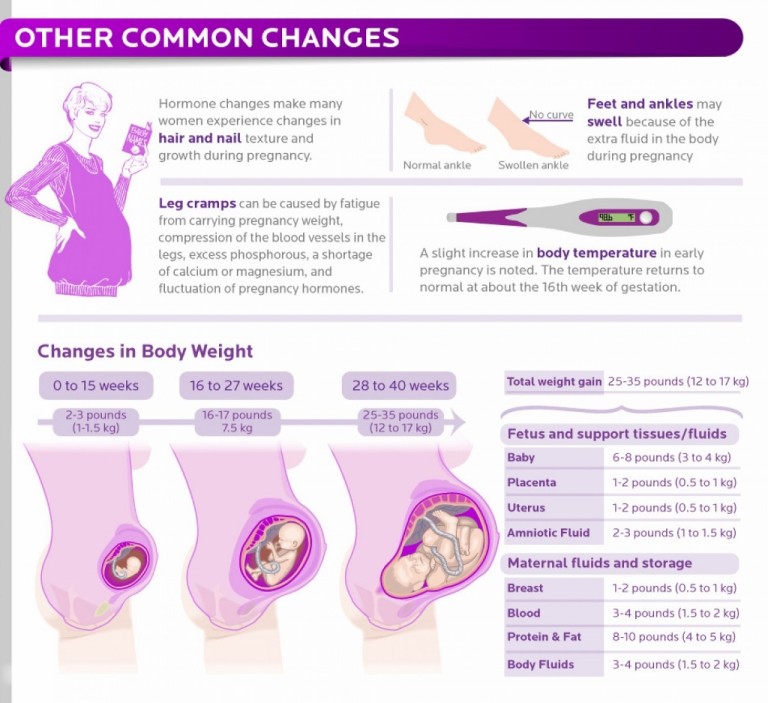 Sometimes, the hair becomes thicker and more resistant to external influences. That is why it is not recommended to dye or perm during this period, not only because an allergy may appear, but nothing will come of this venture at all.
Sometimes, the hair becomes thicker and more resistant to external influences. That is why it is not recommended to dye or perm during this period, not only because an allergy may appear, but nothing will come of this venture at all.
During breastfeeding, on the contrary, due to hormonal changes, the hair begins to fall out. Many misinterpret this as calcium deficiency in the body. In fact, this is a natural state, with the end of feeding, the process of loss stops, as the hormonal background returns to normal. nine0007
What calcium deficiency really does is brittle nails. In addition to the use of calcium, it is advisable to make salt baths for nails. Even better, use sea salt or special Dead Sea salts for baths.
Varicose veins during pregnancy
Due to the increased load on the legs and loss of tissue elasticity, varicose veins may appear in the second half of pregnancy. To avoid this, you should use special gels and creams from preparations for pregnant women.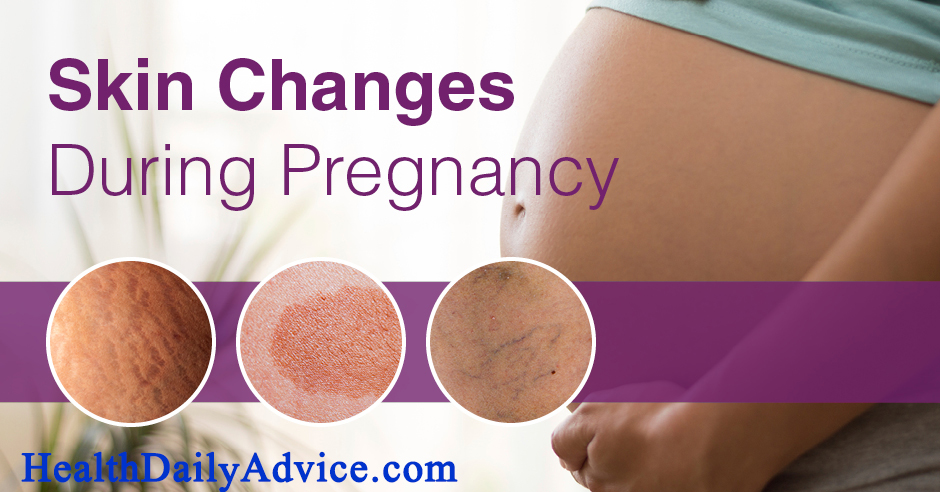 Do not rush with foot baths, be sure to consult a doctor, as pregnancy imposes its own characteristics on the prevention of varicose veins. nine0007
Do not rush with foot baths, be sure to consult a doctor, as pregnancy imposes its own characteristics on the prevention of varicose veins. nine0007
other drugs, vacuum therapy. During pregnancy, it is better not to visit beauty salons, but to contact a beautician with a medical education who specializes in working with pregnant women. nine0005
Our medical center is happy to help you choose the right strategy for maintaining beauty and health during such a crucial period as pregnancy.
Pigmentation during pregnancy is not a disease
Waiting for a little baby is the most magical and unique period in a woman's life. The expectant mother becomes mysterious, sensitive, caring and unhurried.
The body of a pregnant woman changes every day, and this is natural - after all, a small defenseless little man grows under her heart, whose life and health largely depends on her mother. nine0007
A woman already notices changes in her body from the first weeks of pregnancy: the shape is rounded, the breast becomes one size larger and more sensitive than before.
Pigmentation is a fairly common phenomenon during an interesting situation. The appearance of pigmentation on the face and body worries many women.
Some of them are interested in the causes of pigmentation on the skin, while others are trying to find ways to get rid of it. Pigment is a brown coloring matter. Pigmentation is more common in brunettes and dark-skinned women. nine0007
There is a popular belief that if a woman's skin deteriorates during pregnancy and age spots become noticeable, she will be a girl! But it is hardly possible to believe in it one hundred percent. Skin pigmentation is a temporary phenomenon, like pregnancy itself, and age spots also happen with boys in the tummy.
Brown spots in pregnant women are called differently: chloasma, mask, skin hyperpigmentation. Pigmentation most often appears on a woman's forehead, cheeks, chin, and also happens above the upper lip. A woman can also notice pigmented areas of skin with sharply defined edges on the neck, chest and tummy in the form of a thin strip. If earlier, with the beginning of spring, you had freckles on your face, then most likely their appearance will intensify during pregnancy as a kind of manifestation of pigmentation. nine0007
If earlier, with the beginning of spring, you had freckles on your face, then most likely their appearance will intensify during pregnancy as a kind of manifestation of pigmentation. nine0007
What causes pigmentation during pregnancy? Of course, this is a hormonal restructuring of the body of the woman herself, changes in the work of all organs, primarily the adrenal cortex and pituitary gland. There are opinions that pigmentation is a genetic phenomenon, and also takes place in case of a lack of folic acid in a woman's body.
In order to prevent and prevent the appearance of pigmented skin areas, pregnant women are advised to take quite affordable preventive measures:
- reduce sun exposure. Bright sunlight has beneficial properties, thanks to which vitamin D is constantly produced in the body, but even a short stay in the open sun can provoke pigmentation. If possible, wear light clothing that covers the body, as well as use sunscreen for children with a sufficiently high degree of protection;
- carefully monitor your own health, avoid hypothermia and colds; nine0106
- limit the use of cosmetics as much as possible in the summer to avoid the appearance of pigmentation and allergies;
- take complex vitamins specially formulated for pregnant women, especially folic acid;
- eat right, include more vegetables, fruits, cereals and dairy products in your menu;
- avoid stressful situations, do not get nervous and do not "wind" yourself over trifles.
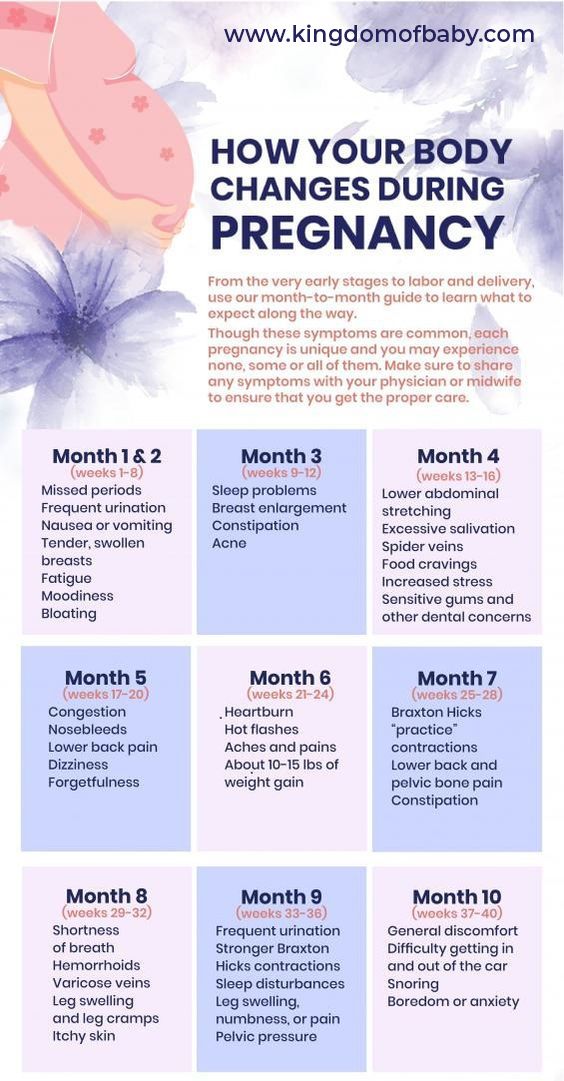
Experts believe that when pigmentation appears while expecting a child, a woman should not take measures to remove them and especially worry about this, she should try to calmly accept these changes in the body, because the spots disappear, as a rule, on their own within two months after childbirth. But for a woman in an interesting position, even such harmless spots can ruin her mood and bring her to tears. nine0007
You always want to be beautiful and well-groomed!
If during pregnancy you were "lucky" to become a carrier of specific age spots, then here are some tips to make them less noticeable:
- You can prepare a mask of kefir and lemon juice. Apply such a mask to the skin, hold for about 15-20 minutes, then rinse thoroughly with warm water;
- gentle curd mask is a reliable helper in the fight against age spots: mix cottage cheese with curdled milk, apply this mixture on your face for 15 minutes, then rinse thoroughly with boiled water; nine0106
- cucumber mask is good for whitening age spots.
